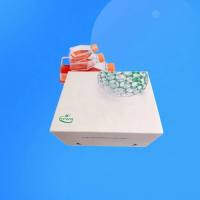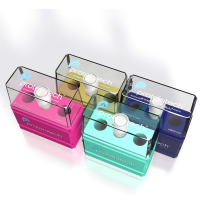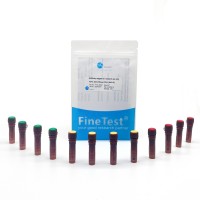Growing cells
互联网
Growing cells
No two cell lines behave exactly the same, so you must learn the peculiarities, or personality, of each of the cell lines with which you work. Irrespective of cell type, all cells are diluted or dispersed into a more sparse culture, and then allowed to grow back to a dense culture, periodically. For most cell lines, this is done both Monday and Friday of each week. For suspension cells, all that you need to do in dilute the cells appropriately. For adherent cells, you have to dislodge them from the dish, most often by trypsinization.
How often do cells need to be transferred and at what density should they be seeded when they are transferred or passaged? There is no simple answer to this question. Each cell line is different. Some cells don't survive if they are seeded at too low a density. Some cells do poorly when allowed to become too crowded. Some transformed cells will deplete their medium so quickly when they are dense that they become sick overnight.
Some cell lines that exhibit density-dependent growth inhibition lose this if they are allowed to overgrow and become dense. The problem here is that allowing "normal" cells to grow to a high density selects for variants that like to grow when crowded. Because this is a property of transformed cells, normal cell lines that are allowed to grow at high density evolve into pseudo-transformed cell lines and are no longer suitable for growth regulation studies.
It is essential, when working with cells exhibiting growth regulation, to transfer them prior to their becoming dense. Laziness and neglect will ruin such cell lines.
Some hematopoietic cell lines that are dependent on cytokines must be handled very carefully. CTLL-2s are an example of this. If they are put into medium with an inadequate concentration of IL-2 ,or if they use up all of their IL-2, they immediately undergo apoptosis and cannot be recovered. This can happen in the space of 24 hours.
The properties of many of the cell lines that we use are described in the HyperCard Cell line stack that James set up.
Adherent cells must be removed from the dish when they are to be reseeded. This usually requires trypsinization .








